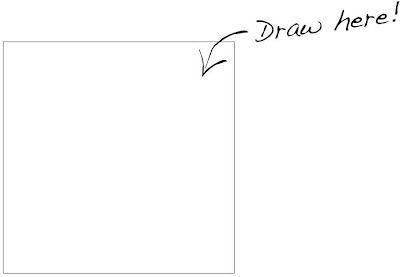The Large Hadron Collider, the LHC, has
booted up. Today they circulated two counter-rotating beams and detected particle collisions in various detectors. This is great news and honestly I have been reluctant to mention too much about the LHC only for fear of disappointment, but I think this time it is the real deal. It is hard not to get excited about the LHC. It is not an exaggeration to claim that the LHC is the largest and most complex machine ever built by humans. Here is a brief introduction to the LHC through some media:
BBC Horizons: The Six Billion Dollar Machine
3D tour of LHC
A
3D virtual tour of the LHC by Peter McCready begins to give an impression of the scope of the machine.
Brian Cox on CERN's Supercollider
Brian Cox gives a particularly smooth discussion for the impetus for the LHC in this TED talk:
Catastrophic Failure
I am not talking about microscopic black holes and the destruction of earth or all that nonsense, but various failures of the experiment itself. The reason I am hesitant about the LHC is because it is a complicated experiment so expecting proper performance and much less results any time soon is unrealistic. Last September the LHC broke down while ramping up current in the superconducting magnets that guide the beam. Precisely what happened leading to catastrophic failure was rather simple. There are connections between the superconducting magnets which can hold up to 12000 amps and their resistance is maintained at one billionth of an ohm, however, the resistance was some 200 times larger on the failed conductor connection. An electric arc broke out and the super fluid helium coolant was heated. A pressure wave resulted as and the helium warmed and expanded inflicting collateral damage on 53 (of 1232 total) other magnets nearby. There are 20,000 such connectors to rely on to ensure the proper function. The LHC news explains:
Future Discovery
In the future I would like to discuss some of the implications of what the LHC may find. Consider this though: not finding what we are looking for, namely the Higgs boson, may be the most exciting discovery of all.




















 This strange movie is a visual aggregation of the data which the Huygens lander gathered when landing on Saturn's moon
This strange movie is a visual aggregation of the data which the Huygens lander gathered when landing on Saturn's moon 








